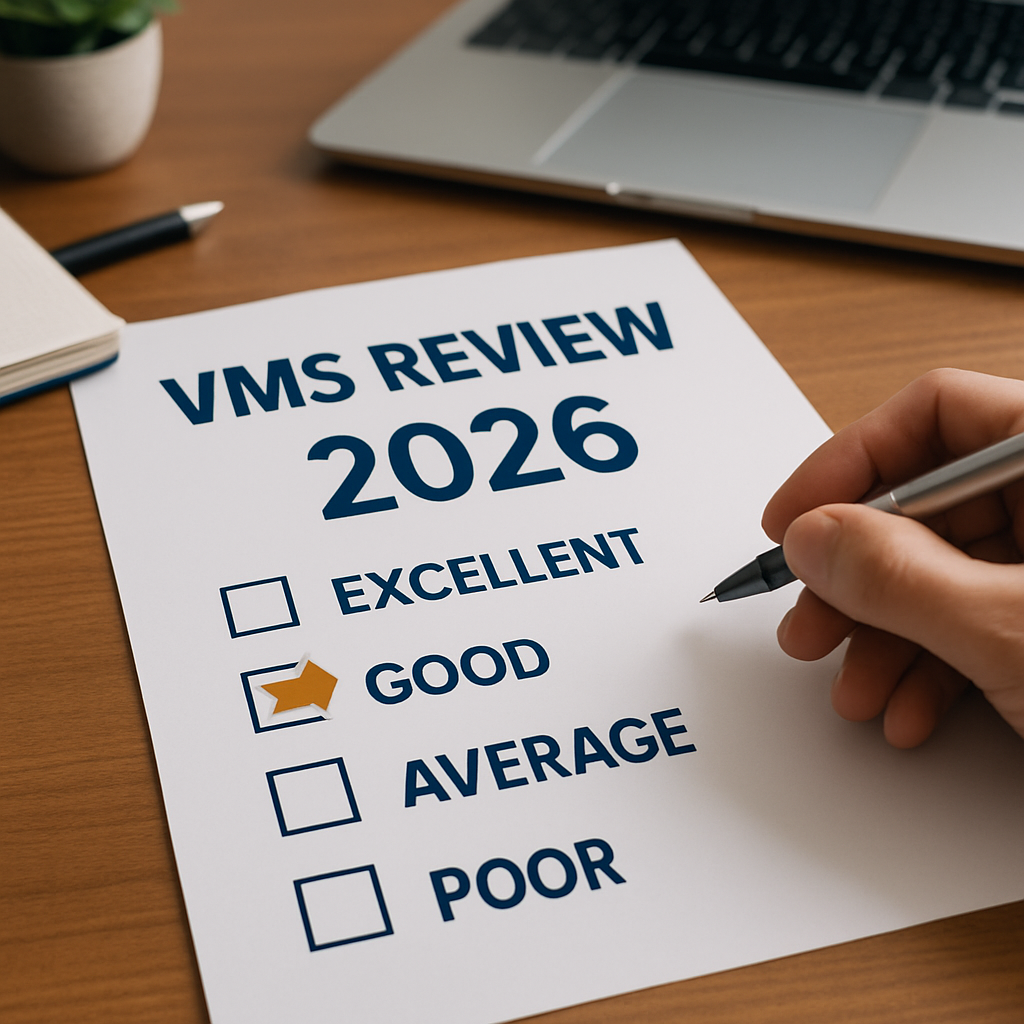Contingent workforce software has been around for more than 30 years, allowing organizations to manage the requisition-to-pay process of non-employee labor and giving them insightful data (through reporting capabilities) into vendor performance.
Yet, due to the time-consuming, expensive and complex nature of integrating legacy vendor management systems (VMS) with the rest of a company’s IT infrastructure, the vast majority of organizations are using their VMS as a standalone technology to manage their contingent workforce.
With the advancement of Human Resource Information Systems (HRIS), there is now a growing desire for total talent management - the ability for organizations to manage their entire workforce in one place.
This has been expedited by new VMS technologies that now include state-of-the-art technologies such as APIs, which unlike legacy VMS systems, allow seamless integration with a company’s IT infrastructure.
Over the coming year, we believe that vendor management systems will begin a transition from being a standalone technology to a secondary system or middleware that integrates easily with other talent marketplaces to provide organizations consolidation of their extended workforce.
A Modern VMS is a part of a centralized HR system. In this article, we explore the top five benefits that companies will realize from integrating their VMS into a centralized HR system.
Benefits of Integrating your VMS into a centralized HR System
1 - Total Workforce Management
The contingent workforce is a critical component of your organization’s overall headcount, and the performance of your workforce impacts your company’s overarching business goals. For that reason, it just makes sense to have all of your workforce data in one centralized location.
By having all data in one place - instead of having to log into your HRIS, VMS, gig and talent marketplace platforms separately in an effort to see all of your data - your business will be able to gain complete visibility into your entire workforce.
A VMS system is meant to manage just a subset of your company’s overall workforce. A VMS can be very powerful when it stays in its lane but should not be considered a total talent management solution. Naturally, it seems right that all data should be stored in your HRIS, with secondary systems (such as your VMS) feeding into it.
When you achieve this, your business will have far better workforce planning capabilities.
2 - Streamline Your HR Processes
One of the main benefits of integrating contingent workforce software with your HR information system is the ability to streamline HR processes. HR departments can see and manage their entire workforce, including contingent workers, from a centralized system.
This reduces the amount of time HR staff spends on administrative tasks and increases their efficiency. It also enables HR teams to have a better view of their workforce, including contingent workers, and make informed decisions about how to better align the workforce to business requirements moving forward.
3 - Compliance Management
Compliance is a critical concern for organizations using contingent workers. Contingent workers are subject to a number of local and federal regulations depending on the location in which they are hired, and companies must ensure that they are complying with these requirements.
By integrating your vendor management system into centralized HR with your HR information system, your business can ensure that your HR team has greater visibility of contingent workers and whether they are being managed in a way that is compliant with legal and regulatory requirements. This reduces the risk of penalties and lawsuits, which can be costly and damaging to a company's reputation.
4 - Cost Savings
The use of a vendor management system can help your company reduce spend in several ways, and integrating it with your HRIS can help to maximize those cost savings even further. Firstly, as we have discussed, it reduces the administrative burden of managing contingent workers, which in turn can reduce HR staff costs and allow team members to focus on other revenue-critical tasks.
Secondly, it helps your business to optimize its workforce. This means that you can ensure that you are hiring talented workers and that you are making the right choice on hiring a temp versus a permanent employee. The VMS integration also helps to reduce overstaffing and minimize labor costs where appropriate. Last but not least, improved compliance management helps your business to avoid penalties and lawsuits resulting from non-compliance with legal and regulatory requirements, which can be expensive.
5 - Improved Collaboration Between Teams
Finally, integrating contingent workforce software into centralized HR with your HR information systems can improve collaboration between HR, Procurement, hiring managers, and business units. By providing a centralized platform for managing all workers, HR departments can work more closely with the Procurement team and business units to identify workforce needs and hire the right people.
This can improve communication, reduce miscommunication, and help to create a more collaborative work environment where contingent workers are managed in a standardized and centralized manner.
Learn more about the benefits of a VMS
Learn more about the Benefits of a VMS and what to look for when choosing the best VMS for your organization. Download our Free VMS Buyer's Guide here::
Discover the Power of Conexis VMS
Conexis VMS is purpose-built for organizations seeking to manage their contingent labor spend effectively. Here’s why we're the right choice:
- Fast Deployment: Get up and running in weeks, not months
- Transparent Pricing: Flexible pricing with no hidden costs
- White-Label Ready: Customize the platform with your brand
- Real-Time Insights: Make faster decisions with built-in analytics
- Audit-Ready Compliance: Store contracts, worker data, and rates in one secure hub
About Conexis VMS
Conexis is an award-winning Vendor Management System built for organizations that want the power of enterprise software without the complexity or cost.
Leveraging the latest technology, Conexis delivers the expertise, reliability and security of enterprise systems, while offering the flexibility, user friendliness and tailored, personal service you require. Learn more about our Company and why organizations Choose Conexis VMS.
Learn more about Conexis VMS for HR & Talent Acquisition
Looking to Switch Your VMS or Just Getting Started?
Whether you are looking to Switch your VMS, or just Getting Started, we are here to help. Contact Us for a Free No-Obligation Consultation, See how Easy Conexis is to use by taking a quick 2 minute Self-Guided Online Demo, or Book a Personal Demo Today!
Additional Articles on this topic






